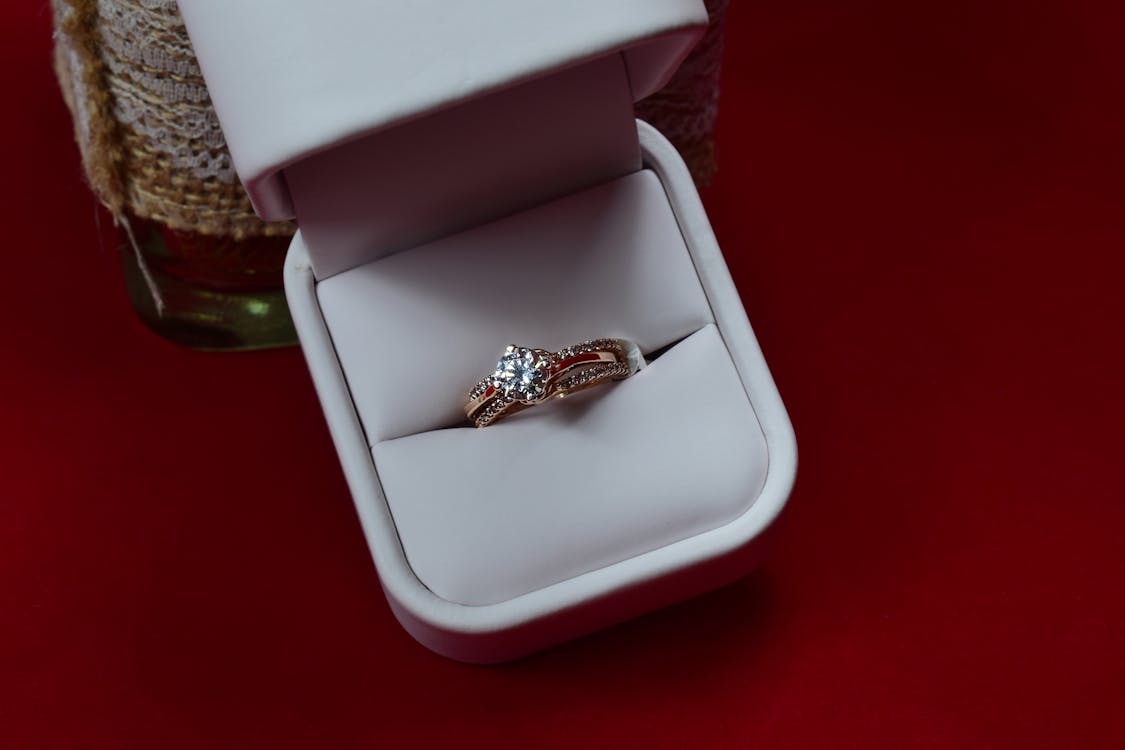At Lab Grown Diamond Engagement Ring, we understand that choosing the perfect engagement ring is a significant decision. It represents love, commitment, and a promise for the future. With the rise of ethical and sustainable choices in the jewelry industry, lab-grown diamonds have emerged as a popular alternative to mined diamonds. In this comprehensive guide, we explore everything you need to know about lab-grown diamond engagement rings, from their creation process to their benefits and beyond.
Table of Contents
Understanding Lab-Grown Diamonds
What Are Lab-Grown Diamonds?
Lab-grown diamonds, also known as synthetic or cultured diamonds, are created in controlled laboratory environments rather than mined from the earth. These diamonds have the same chemical composition, physical properties, and brilliance as natural diamonds, making them indistinguishable to the naked eye. The primary difference lies in their origin and the process by which they are formed.
The Creation Process
Lab-grown diamonds are cultivated using two primary methods: High Pressure High Temperature (HPHT) and Chemical Vapor Deposition (CVD).
- HPHT Method: This technique mimics the natural conditions in which diamonds form deep within the Earth’s mantle. Carbon atoms are subjected to extreme pressure and temperature to crystallize into diamonds.
- CVD Method: In this process, a diamond seed is placed in a sealed chamber filled with carbon-rich gases. These gases are ionized, breaking down the carbon molecules and depositing them onto the seed, gradually building up layers of diamond.
Benefits of Lab-Grown Diamond Engagement Rings
Ethical and Sustainable
One of the most significant advantages of lab-grown diamonds is their ethical and sustainable nature. Unlike mined diamonds, which often involve environmental degradation and labor exploitation, lab-grown diamonds are produced in controlled settings with minimal environmental impact and ethical labor practices.
Cost-Effective
Lab grown diamonds typically cost 20-40% less than their mined counterparts, making them an attractive option for budget-conscious couples. With no mining or transportation expenses, lab-grown diamonds offer excellent value without compromising on quality or beauty.
Exceptional Quality
Contrary to common misconceptions, lab-grown diamonds are not inferior in quality to natural diamonds. In fact, they often exhibit fewer impurities and are subject to rigorous quality control standards. Each lab-grown diamond is graded based on the same criteria as natural diamonds, ensuring exceptional brilliance, clarity, and durability.
Choosing the Perfect Lab-Grown Diamond Engagement Ring
Consider the 4Cs
When selecting a lab-grown diamond engagement ring, it’s essential to consider the 4Cs: Cut, Color, Clarity, and Carat Weight. These factors determine the overall appearance and value of the diamond.
- Cut: The cut of a diamond refers to its proportions, symmetry, and polish. A well-cut diamond reflects light beautifully, maximizing its brilliance and sparkle.
- Color: Lab-grown diamonds are available in a range of colors, from colorless to fancy hues. The most valuable diamonds are colorless, but personal preference plays a significant role in choosing the right color for your engagement ring.
- Clarity: Clarity measures the presence of internal and external flaws, known as inclusions and blemishes, within the diamond. A diamond with fewer imperfections is considered more valuable and desirable.
- Carat Weight: Carat weight refers to the size of the diamond, with one carat equal to 200 milligrams. While larger diamonds are often preferred for engagement rings, it’s essential to balance size with quality to ensure maximum brilliance.
Customize Your Ring
At Our Company, we offer a wide range of customizable options to create the perfect lab-grown diamond engagement ring. From classic solitaire settings to intricate halo designs, you can choose the perfect combination of diamond shape, metal type, and setting style to reflect your unique style and personality.
Caring for Your Lab-Grown Diamond Engagement Ring
To ensure the lasting beauty and brilliance of your lab-grown diamond engagement ring, proper care and maintenance are essential. Here are some tips to keep your ring looking its best:
- Regular Cleaning: Clean your ring regularly using mild soap, warm water, and a soft brush to remove dirt, oils, and other debris.
- Professional Inspection: Schedule annual inspections with a reputable jeweler to check for loose stones, prong wear, and other potential issues.
- Safe Storage: When not wearing your ring, store it in a soft pouch or jewelry box to prevent scratches and damage.
- Avoid Harsh Chemicals: Avoid exposing your ring to harsh chemicals, such as chlorine and bleach, which can damage the metal and dull the diamond’s brilliance.
Conclusion
Lab-grown diamond engagement rings offer a beautiful, ethical, and sustainable alternative to mined diamonds. With exceptional quality, cost-effectiveness, and customizable options, these rings are the perfect choice for couples who value both beauty and conscience. At Our Company, we are committed to providing you with the highest quality lab-grown diamond engagement rings that symbolize your love and commitment for a lifetime.

